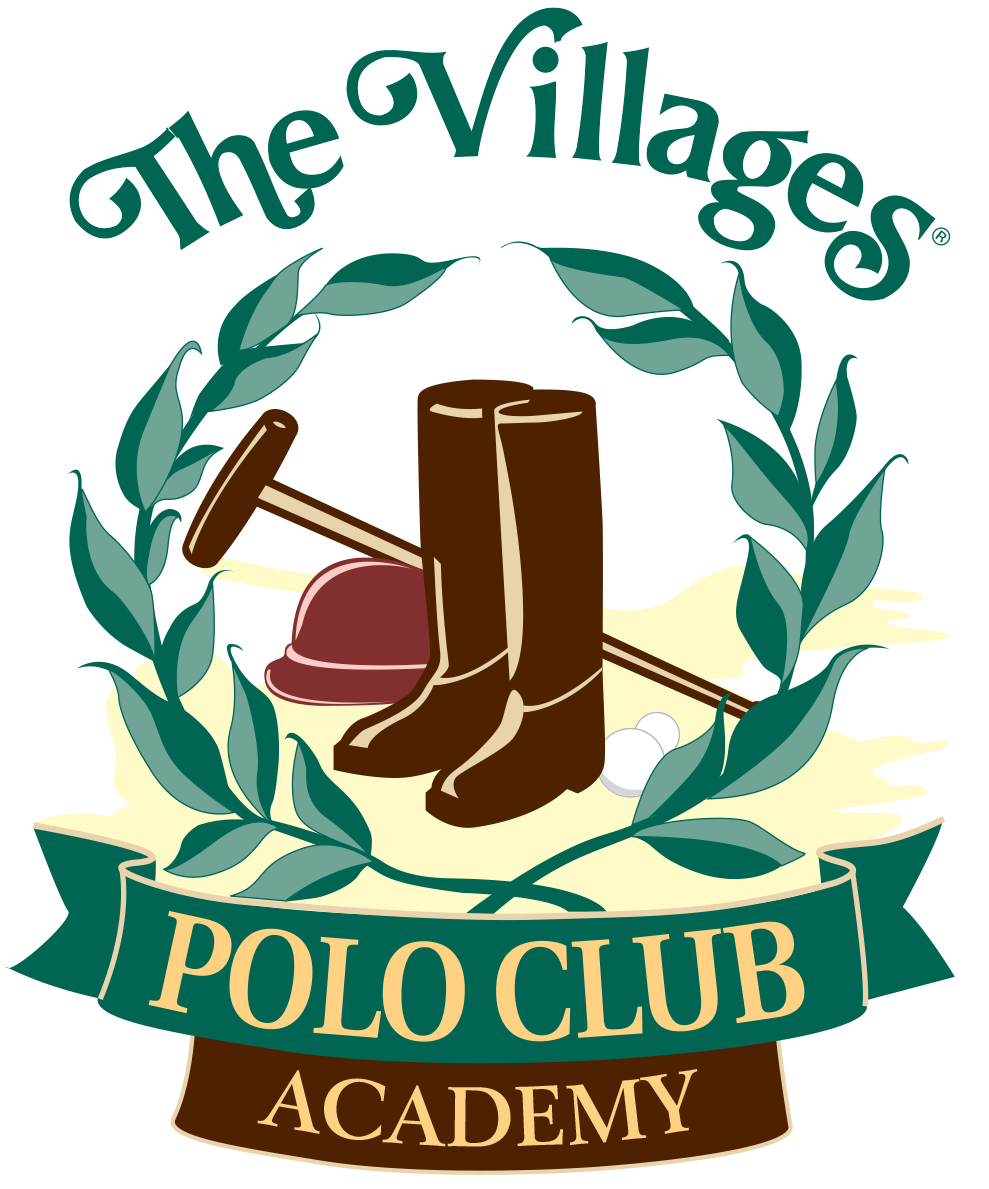LEARN POLO
Polo is a unique sport that you can’t find just anywhere. So if you’re brand new to the game and looking for an introduction to the players, ponies and rules, or if you’re looking to get a more hands on experience and learn to actually play the game, our club can help you!
The Sport
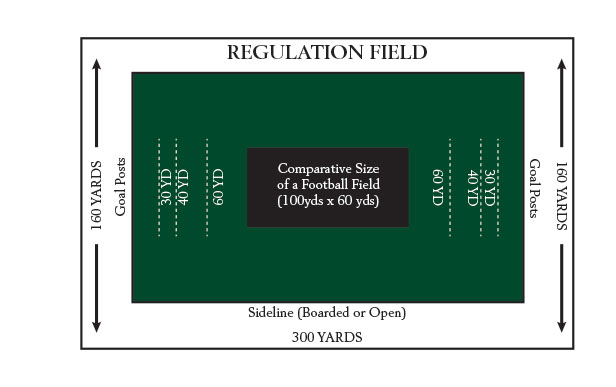
If you’re new to the sport of polo and looking for a quick lesson to get you up to speed, we’ve compiled the basics to help get you started.
The length of the game is divided into six “chukkers”, seven and a half minutes each. The field is 300 yards long and 160 yards wide. On the end line at each end are goal posts, twenty four feet apart. Points are scored by hitting the ball between the posts. Each time a goal is scored the teams change direction of play. It is legal to “hook” the hitter’s mallet. It is also legal to ride your horse alongside another horse and push them aside in order to gain possession of the ball. That is called a ‘ride off’ and must be done shoulder to shoulder and at relatively the same speed. In between chukkers there is a four-minute break for players to change ponies. After three chukkers there is a ten-minute “half time.” With time-outs for penalties and the like, a typical match lasts one-and-a-half hours.
Players
There are four players on the field for each team, wearing a jersey numbered 1 through 4.
The roles of each player are:
- The Forward: Always out in front – should score most of the goals.
- The Hustler: Quick and aggressive with fast ponies.
- The Pivot: The quarterback and captain.
- The Back: Defender. There are no goalies. It’s their job to stop the goal shots.
Helmets are required, and some have face masks. Most players wear padded knee guards and they all have to wear boots.
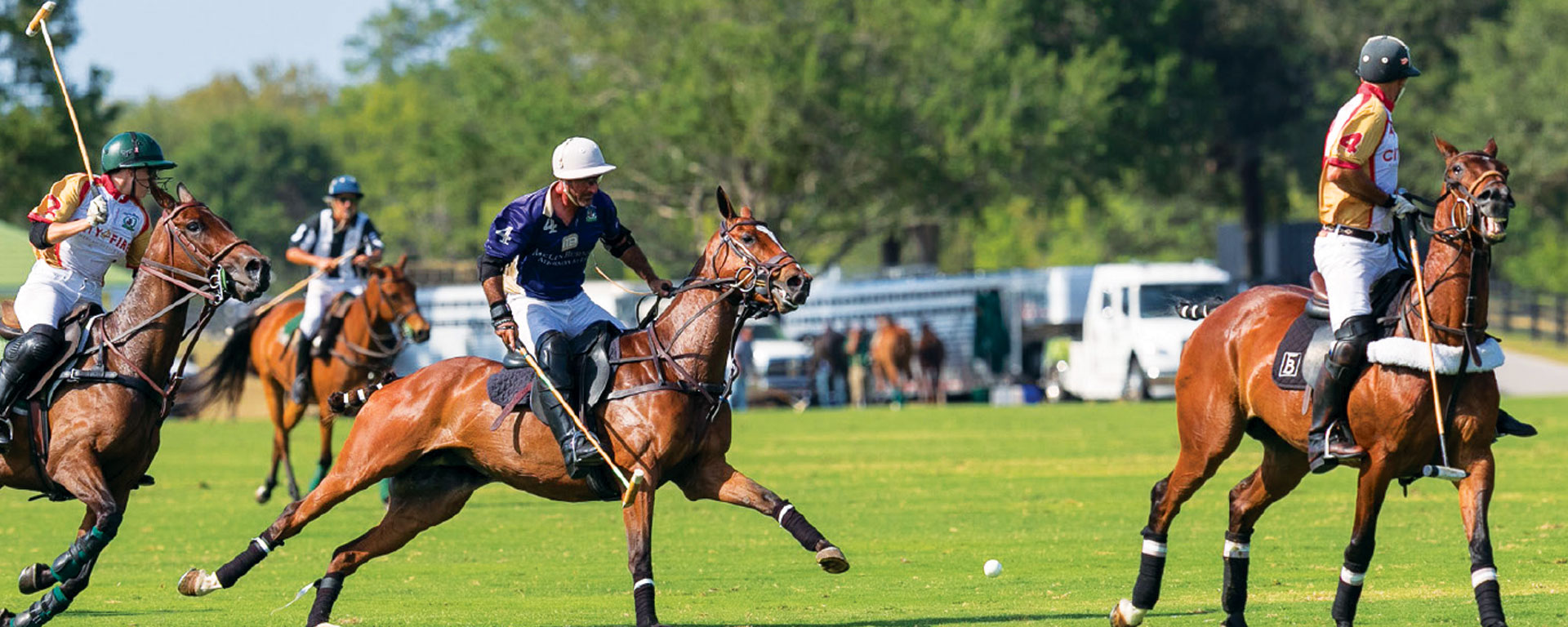
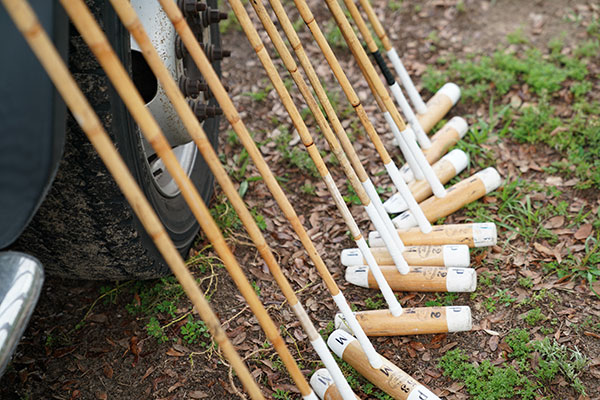 MALLETS
MALLETS
It’s a solid bamboo cane with a hard wood head. It’s about 4 1/2 feet long and you hit a baseball-sized ball made of solid plastic with the side of the mallet, not the end. All players must hold the mallet in the right hand; left-handed play is not allowed.
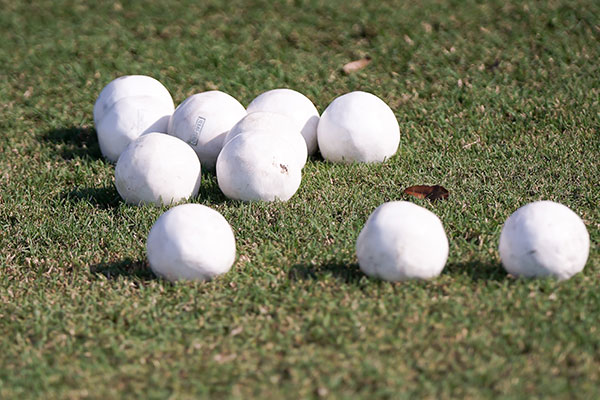 BALL
BALL
Today’s polo ball is a baseball-sized ball made of solid plastic. Historically polo balls were made out of wood.
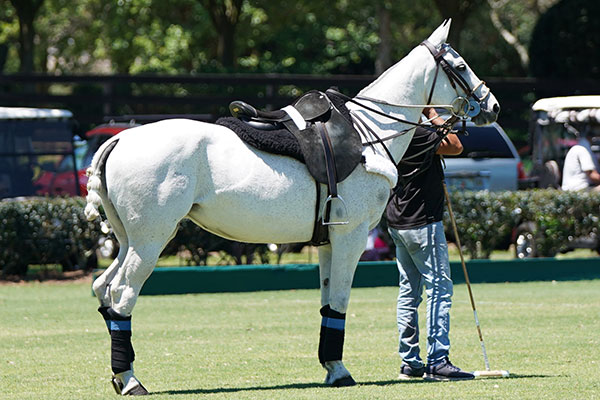 POLO PONIES
POLO PONIES
Most are Thoroughbreds but there is no regulation regarding breed or size. The tail is braided to stay out of the way of the mallet. The mane is clipped off so the player can see the ball, and to prevent the reins from getting tangled up. The idea is for each player to have six ponies – one for each chukker.
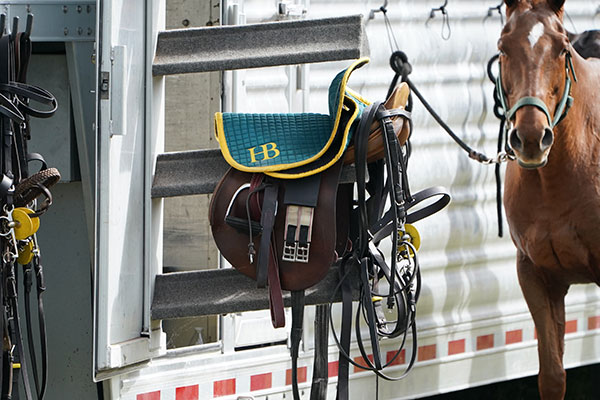 POLO EQUIPMENT
POLO EQUIPMENT
Polo horses are required to wear a bridle, an English saddle, and their legs are wrapped for support and added protection.
Polo 101
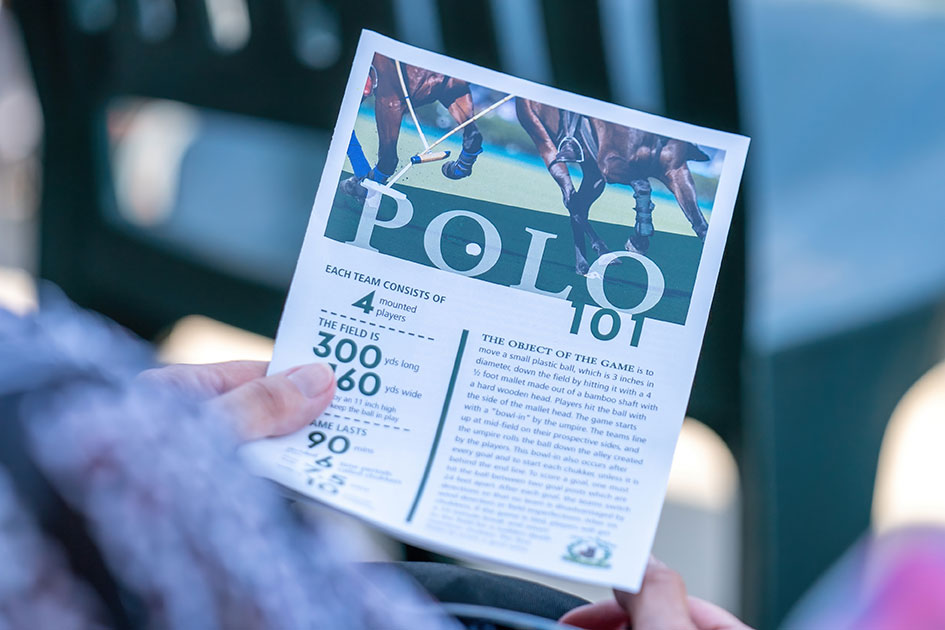
Polo 101 will now be offered every Sunday,
30 minutes before the match, and is included in your match’s admission.
Polo Academy
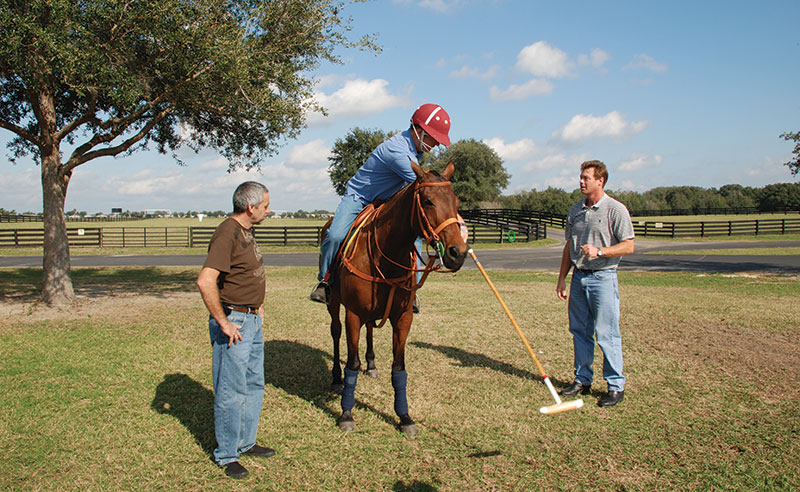 INDIVIDUAL POLO LESSON
INDIVIDUAL POLO LESSON
½ hour $125 Package of 10* $1,000 1 hour $250 Package of 10* $2,000
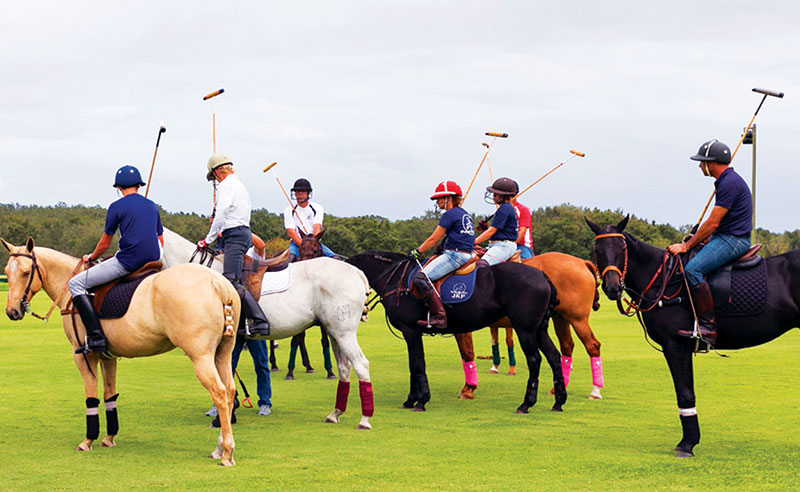 GROUP POLO LESSON
GROUP POLO LESSON
½ hour private $100
Schedule a lesson today!
Our certified instructors are excited to teach you how to play polo today!
Lord Lyall
lordofpolo@outlook.com
352-406-9433
Mike Harris
mh_polo@bellsouth.net
561-212-2128
*Polo lessons are taught on a polo saddle, you must know how to ride an English saddle to begin lessons. If you don’t know how to ride an English saddle, we can assist with setting up riding lessons.
